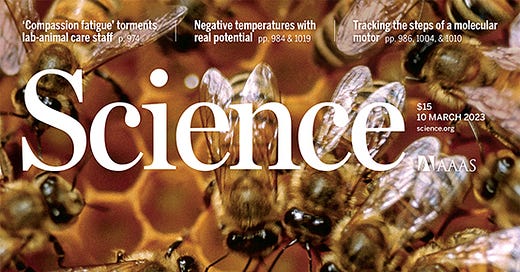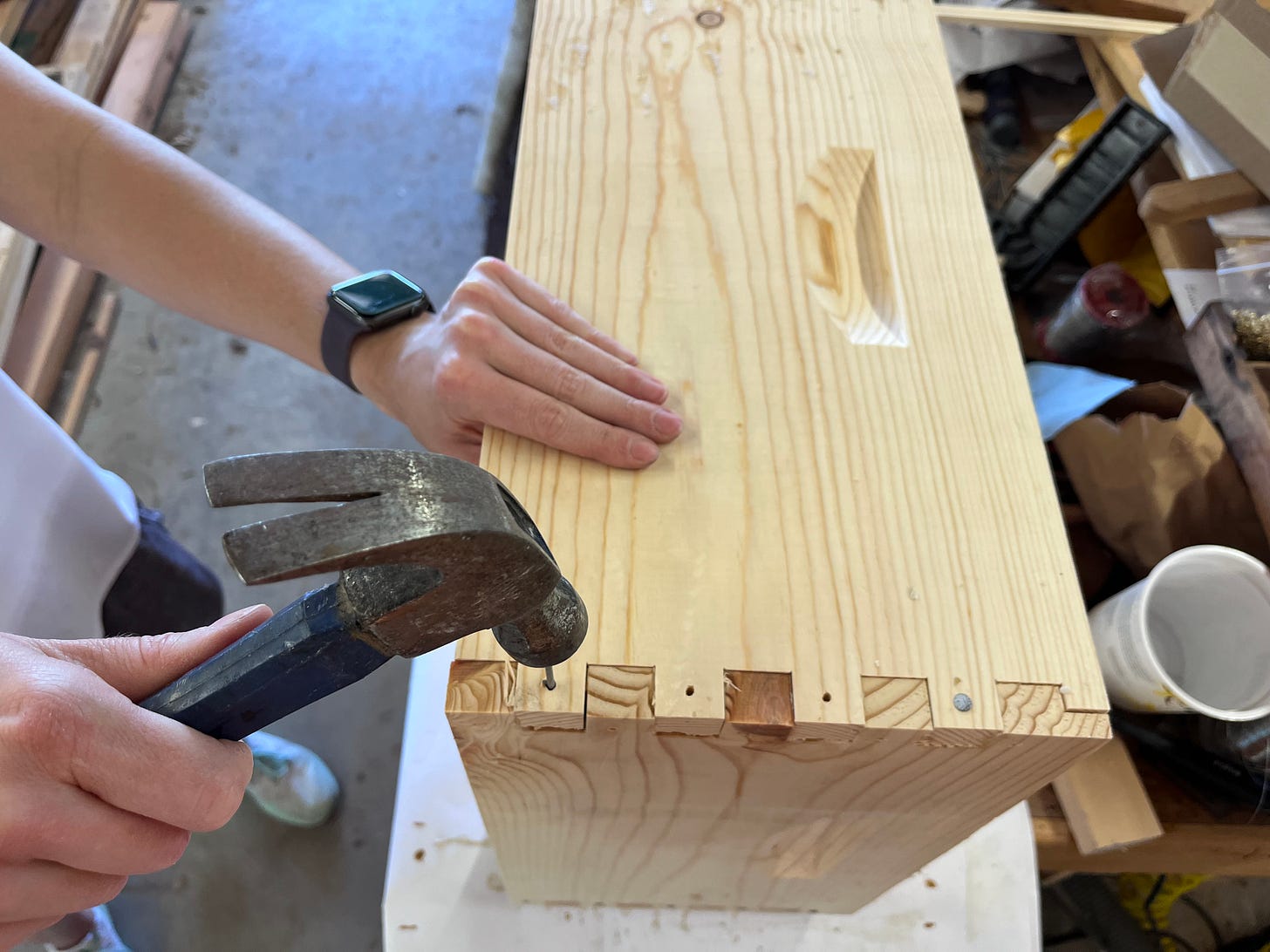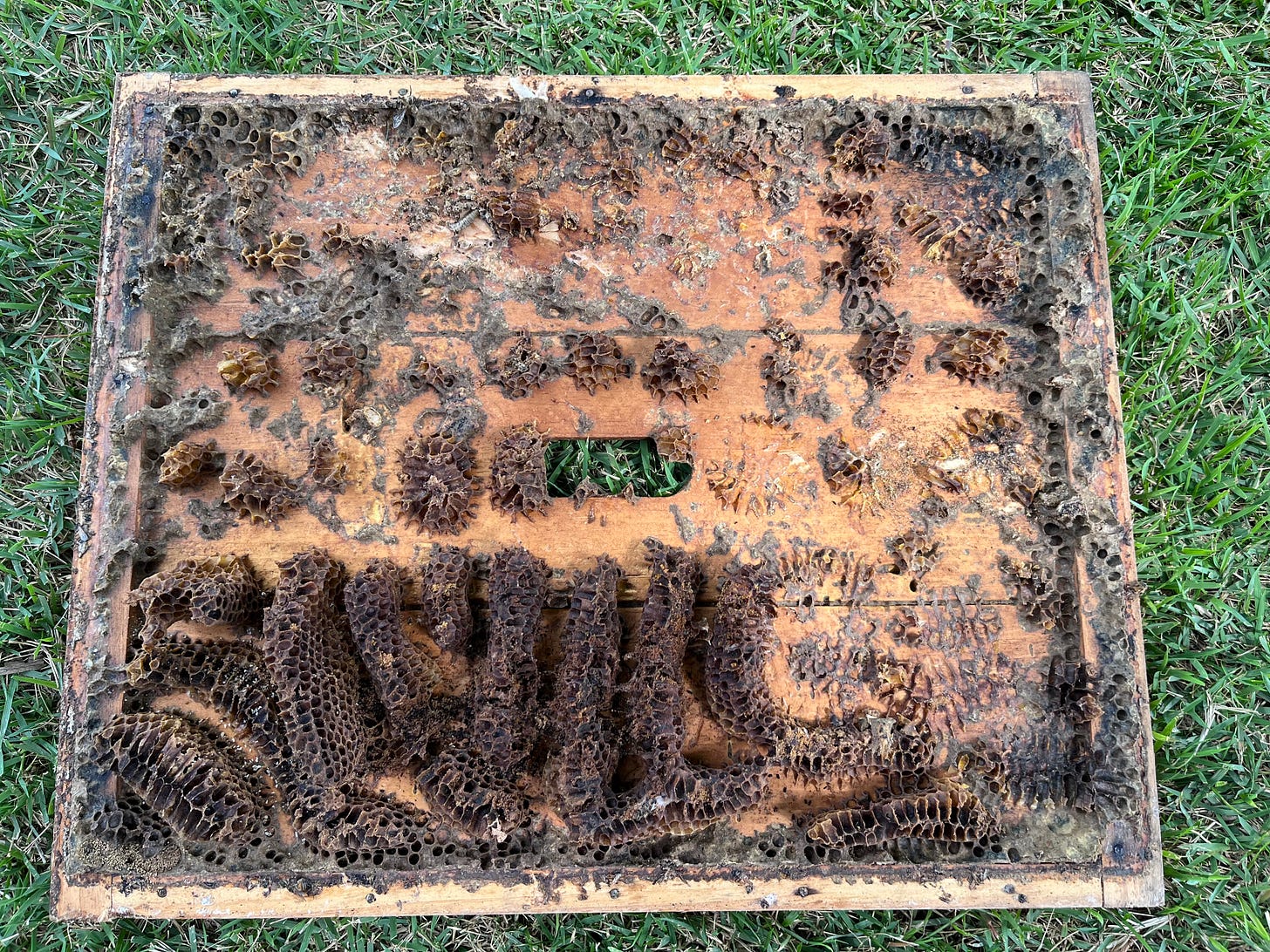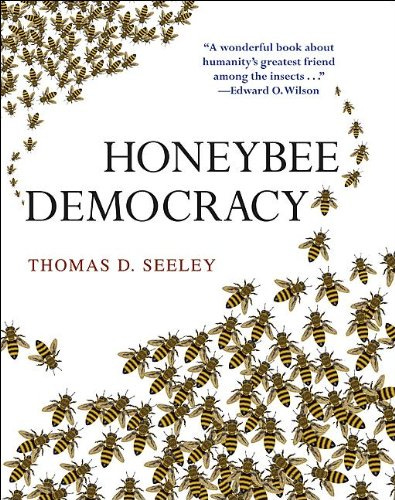Join me, a former engineer and patent attorney, in exploring how people intersect with Technology and Science.
It’s Free, so Subscribe and Enjoy!
Compared to humans, honeybee brains are so tiny they’re hard for us larger-brain humans to fathom. A bee brain is less than two cubic millimeters in volume, yet bees form social structures, build hexagonal honeycomb, fly and forage for food, and return to the hive to tell their sisters where the food is so they can help bring it home.
But they can’t conceive of, much less build, things like the pair of cantilevered steel bridges across the Mississippi River at New Orleans, known as the Crescent City Connection.
No way honeybees can be smarter than humans.
Yet tiny-brained bees can teach us something. Because we’re human, we’re capable of things bees simply can’t conceive of. But we’re also susceptible of hog-tying ourselves—because we’re human.
Welcome to the inaugural issue of Trials By Technology, a publication which explores people struggling with technology and science. I’m Geoff Mantooth, a former electrical engineer, former intellectual property attorney who wrote and obtained hundreds of patents on inventions over numerous fields of human endeavor. Curiosity is key—how does something work, why something is the way it is, and oops, didn’t think that would happen. For example, who could have predicted that fast internet and smart phones, with all their convenience and capabilities would both allow us the convenience of buying a book inside a car on a road trip as well as the inconvenience of North Korean hackers texting us constantly in phishing operations?
This is a companion publication to Trials By Writing, which explores compelling stories about people, with a less technical bent. In fact, there is a companion piece in Trials By Writing describing my not-so-compelling, but humorous reentry into beekeeping because of family.
Back to the bees. Unlike us where we can shop at the same grocery store time and again, bees must adapt to daily changes in the offerings of trees and flowers. Flowers, with extremely limited shelf life, bloom for only short periods and are affected by ever-changing weather conditions.
It’s well documented foraging honeybees finding food come back to the hive and communicate via a dance where the food is. Inside the hive, the returning forager orients in one direction and wiggles her body. While moving, she’s surrounded by other bees who watch, listen and feel her movements. Then the forager bee moves to either side in a circle, reorients in the same direction and repeats the dance. This goes on for several repetitions, spreading the news to other bees in the hive. The dance conveys direction of the food via the sun, range and even quality of the food source. In other words, enough to allow other bees to find it on their own. Foraging bees don’t fly in groups or formations or squadrons; they fly as individuals.
Here's a video of bees dancing:
Animals engage in generational learning, by passing information from one generation to the next. Recently, researchers claimed that insects can do this too. They found that young bees who danced without first observing dancing by older bees did a terrible job of conveying location of food supplies.
Young bees who watched older bees dance and then later danced themselves were more accurate in telling their sisters were the food was. Bees are better communicators when they learn by observing older bees. It’s an amazing adaptation by animals who live about six weeks in the summer, a few months at most in the winter.
Reentering beekeeping after a long hiatus, I needed to build wooden bee boxes. As I glued, hammered and painted the new equipment to house the bees, surrounded by clean beeswax and old comb with small amounts of honey, I noticed bees came to visit. They’d fly around, not threatening or aggressive, but curious of the wax, of the old equipment, of any honey sitting out. They landed on the honey and filled up before setting off. Not long after, other bees did the same.
Of course, I couldn’t see those bees arriving back at their hive and dancing to get help to forage the honey, but I wondered how do they tell their sisters about the quality of what they’ve found? How come scores of bees weren’t visiting the meager amounts of honey in my shop?
Bee colonies grow by splitting themselves. They send out a large percentage of bees to a new location to establish a hive. Swarming bees typically leave the hive and form a clump on a tree branch or house eave. This clump is temporary as scouts survey the area for their new home. Swarming bees prefer abandoned hives with old comb; saves them the trouble of starting from scratch. Once they find a place, the whole swarm flies en masse to the new location, whether it’s a hole in a tree, a swarm trap set out by a beekeeper, etc.
But why weren’t swarming bees massing around my old comb? Which made for a lousy place for a new hive. Their dances must convey the quality of their potential new home.
My theory is that the swarming hive doesn’t rely on a single scout to find a home. They don’t put their future in the hands of one bee’s story, even if that story is spread among the swarm by dancing. They require multiple scouts to investigate firsthand and corroborate the potential new home.
As it turns out, this isn’t a new theory. Thomas Seeley of Cornell University is a biologist with extensive experience in the field observing honeybee behavior. Seeley’s book, Honeybee Democracy, documents his observations of bees not just dancing, but building consensus. If a scout bee finds a potential new home, she gets other scouts to visit and they come back to the hive and share their findings. The bees build a consensus about where to move. Once agreement is reached, the swarm leaves their temporary location and fly to their new home.
Note the bolded words above, theory and observations. There’s a huge difference, as one is just me telling you my opinion, versus Seeley’s firsthand experiences, eyewitness testimony. We on social media could take this to heart. A large percentage of the content we see is a dance of another type, someone asserting their opinion or reposting a “fact’ that is supposedly true. Imagine buying a house based on a social media post, even one with multiple likes.
Bees can’t build bridges over the vast Mississippi River, and other engineering feats, but they know to rely on firsthand information when it comes to matters of importance.
Are bees smarter than us? Maybe the next time I read something online, I’ll ask myself, would a bee believe this?
All the Best,
Geoff
If you enjoyed this post, please hit the heart “❤️” so others can find it. It’s at the bottom and at the top.
Thanks for reading Geoff’s Substack! Subscribe for free to receive new posts and support my work.









My brother, who farms in Wisconsin, rents land in the spring and summer to beekeepers. In the fall, the beekeepers load the crates into semi trucks and drive them to Georgia and warmer weather.
Love this article. I have a much better appreciation now for the honey I consume!